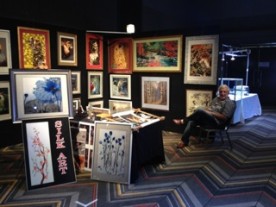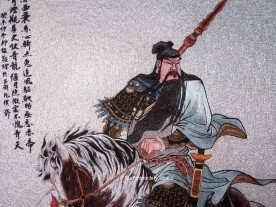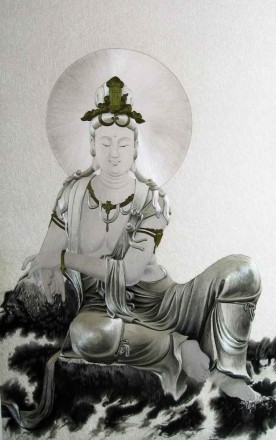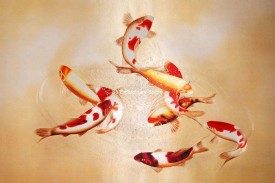This blog focuses on Chinese silk embroidery art. But there are other hand embroideries in the world that are definitely worth exploring. In this post, we will start a journey through the captivating world of Nuido, where tradition, artistry, and spirituality converge to create exquisite masterpieces of Japanese embroidery. With a history spanning over 1600 years, Nuido represents more than just a craft; it embodies a way of life deeply rooted in Japanese culture and philosophy.
Originating from Japan, Nuido, which translates to the "way of embroidery," is a practice that encompasses three fundamental aspects: rationality, sensitivity, and spirituality. Rationality entails the acquisition of skills and knowledge, while sensitivity emphasizes artistic acuity and awareness. Lastly, spirituality encompasses a deeper understanding of embroidery as a form of expression, where each stitch reflects the balance and harmony of the embroiderer's spirit.
Traditional Nuido is characterized by its meticulous craftsmanship and the use of silk or metal threads, often embellished with gold and silver accents. Silk satin serves as the preferred fabric, mounted on frames to provide tension and enhance the threads' luminosity, resulting in stunning embroidery art that captivate the eye and touch the soul.
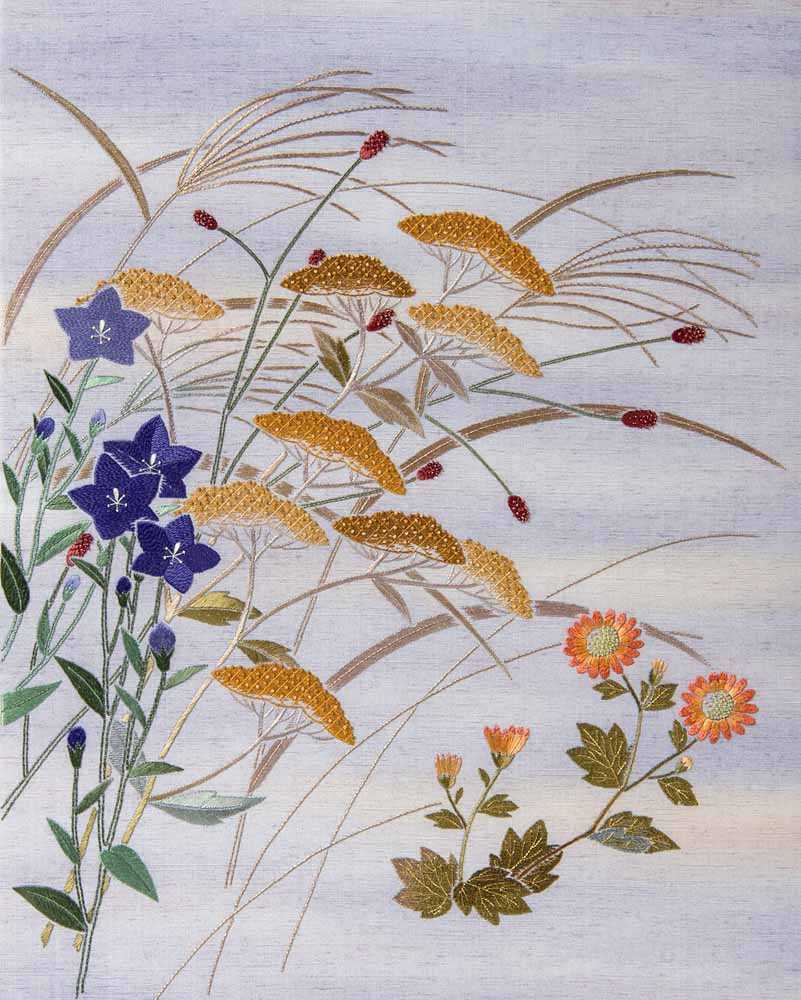
Japanese Embroidery with Silk and Metal Threads
A Brief History of Japanese Embroidery
The roots of Japanese embroidery trace back to Chinese embroidery, evolving and flourishing in Japan during the Nara period (645-794 A.D.). Initially used for religious purposes, embroidery gradually transitioned into a secular art form, adorning ceremonial garments and interior spaces with its elegant designs and intricate motifs.
During the Heian Period (794-1185 A.D.), Japanese embroidery gained popularity among the aristocracy, reflecting the country's rich cultural heritage and aesthetic sensibilities. However, it wasn't until the Meiji era (1868-1912) that embroidery techniques reached new heights of precision and realism, reflecting advancements in craftsmanship and design.
Despite its illustrious history, Japanese embroidery remained relatively unknown to the outside world until the late 20th century when it gained recognition through international exhibitions and cultural exchanges. Today, Nuido continues to enchant audiences worldwide, preserving Japan's artistic legacy and inspiring future generations of embroiderers.
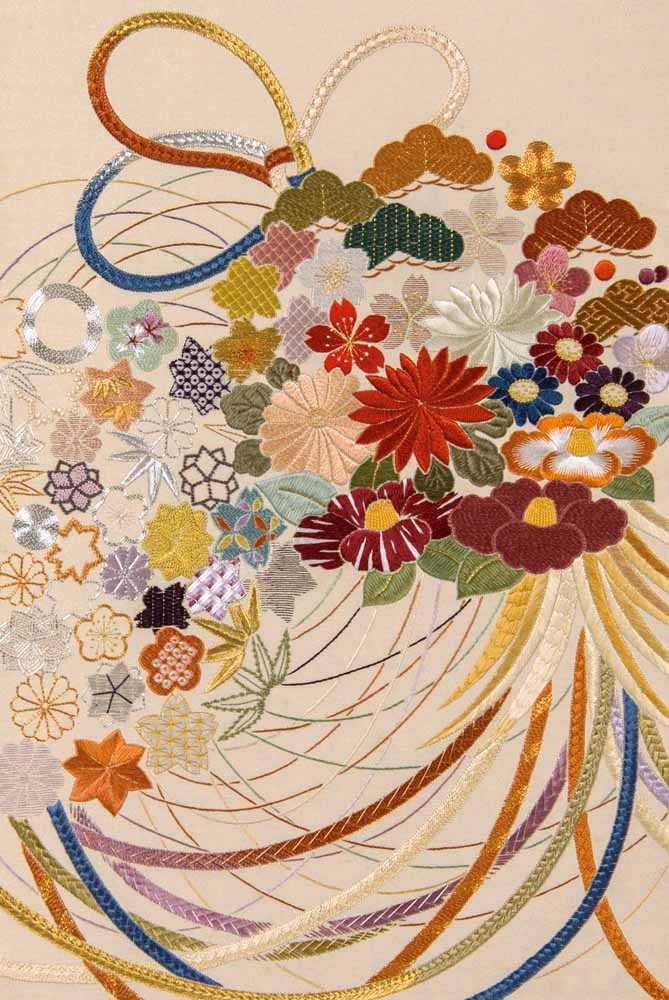
Japanese Embroidery
The Fusion of Action and Belief
Central to the practice of Nuido is the profound connection between the embroiderer's hands and heart, where each stitch becomes a reflection of the artist's spirit. Just as tea ceremonies and martial arts embody philosophical principles, Japanese embroidery emphasizes the fusion of action and belief, resulting in works of art that transcend mere craftsmanship.
Embroiderers imbue their creations with personal meaning and emotion, expressing their innermost thoughts and feelings through outlines, colors, and symbols. Each piece serves as a mirror of the soul, offering a glimpse into the embroiderer's inner world and spiritual journey.
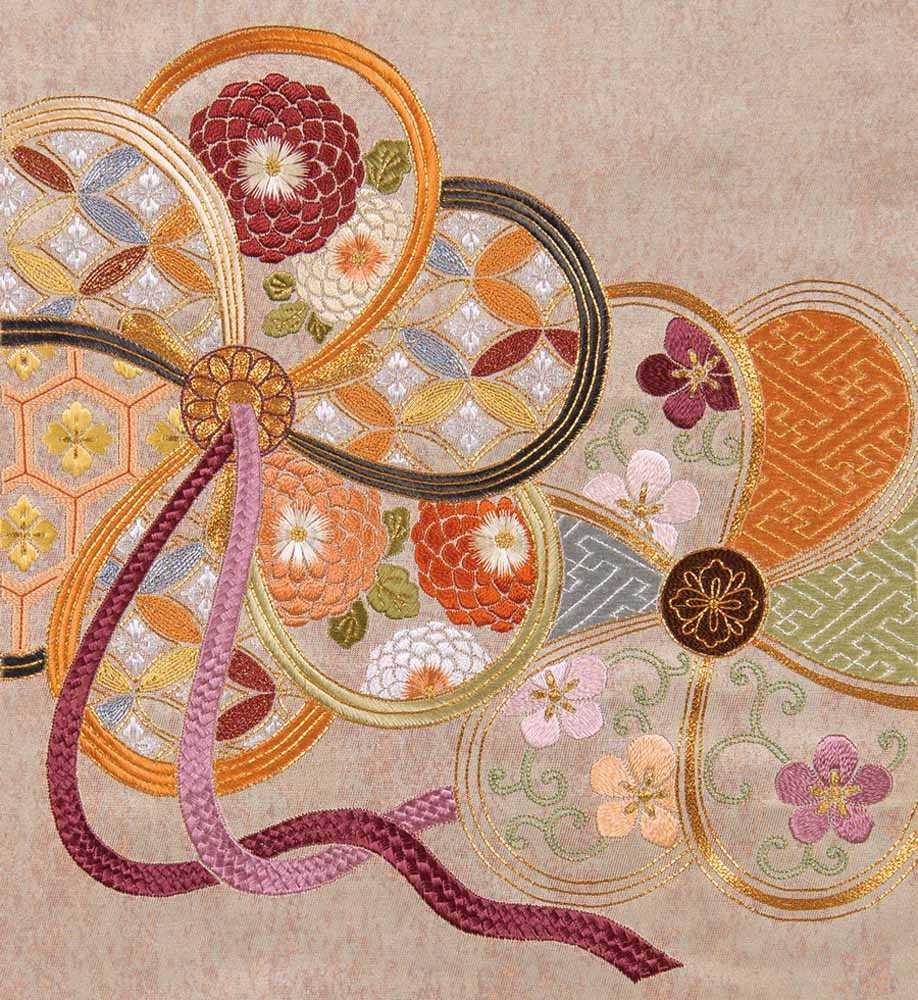
Nuido, the Way of Embroidery
Fukusa: A Symbol of Tradition and Elegance
Historically, fukusa, or ceremonial cloths, played a significant role in Japanese gift-giving etiquette, symbolizing wealth, aesthetics, and cultural refinement. Adorned with elaborate embroidery and symbolic motifs, fukusa served as both a practical wrapping and a statement of the giver's status and taste.
While the popularity of fukusa has waned in modern times, it remains a cherished tradition in select circles, reflecting Japan's rich cultural heritage and aristocratic legacy. Today, fukusa continues to inspire artisans and enthusiasts, preserving the art of Japanese embroidery for future generations to appreciate and admire.
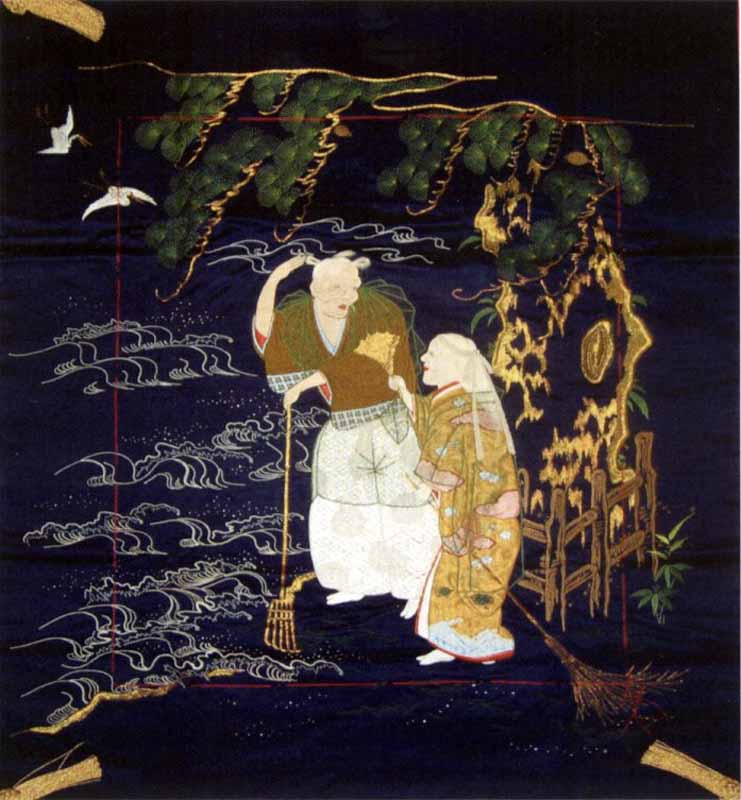
A 19th Century Fukusa with Embroidery
Hoitsu Scroll: A Masterpiece of Nuido
The Kurenai Kai Hoitsu scrolls stand as exemplars of Nuido's mastery, meticulously embroidered copies of paintings by Sakai Hoitsu, a renowned Rimpa artist of the Edo period. These scrolls, originally preserved in the Tokyo National Museum, depict scenes of nature and seasonal beauty with exquisite detail and precision.
Crafted over several years by skilled embroiderers, the Hoitsu scrolls capture the essence of Hoitsu's original paintings, showcasing his delicate brushwork and keen observation of the natural world. Each stitch reflects a profound understanding of life and aesthetics, embodying the essence of Nuido's artistic expression.
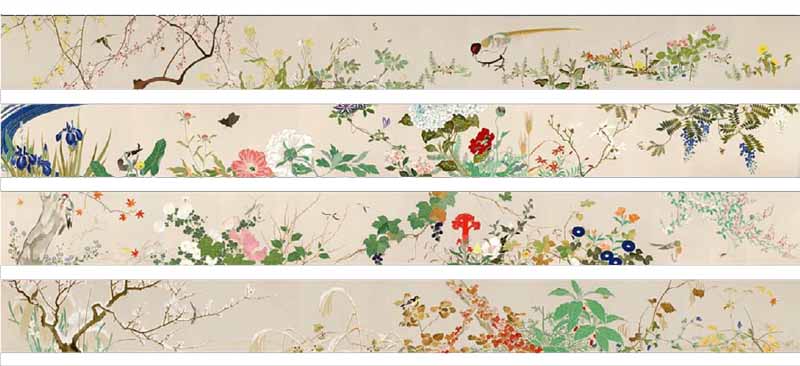
The Meticulously Hand Embroidered Kurenai Kai Hoitsu Scrolls
In conclusion, Nuido represents a timeless art form that transcends boundaries of time and culture, embodying the essence of Japanese craftsmanship and spiritual wisdom. As we celebrate the beauty and significance of Japanese embroidery, let us honor the legacy of Nuido and its enduring impact on art and culture worldwide.
by Su Embroidery Studio (SES), Suzhou China
SES is dedicated to Chinese Silk Embroidery Art and High-End Custom Embroidery
Find SES's embroidery work at Chinese Silk Embroidery for Sale.







